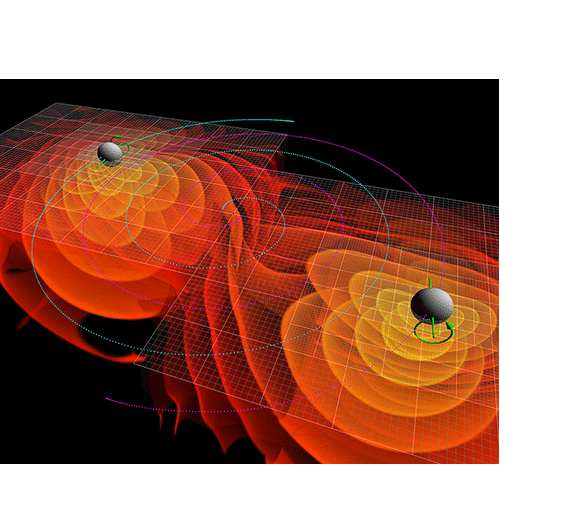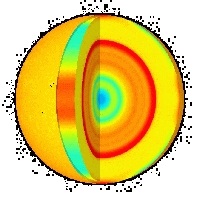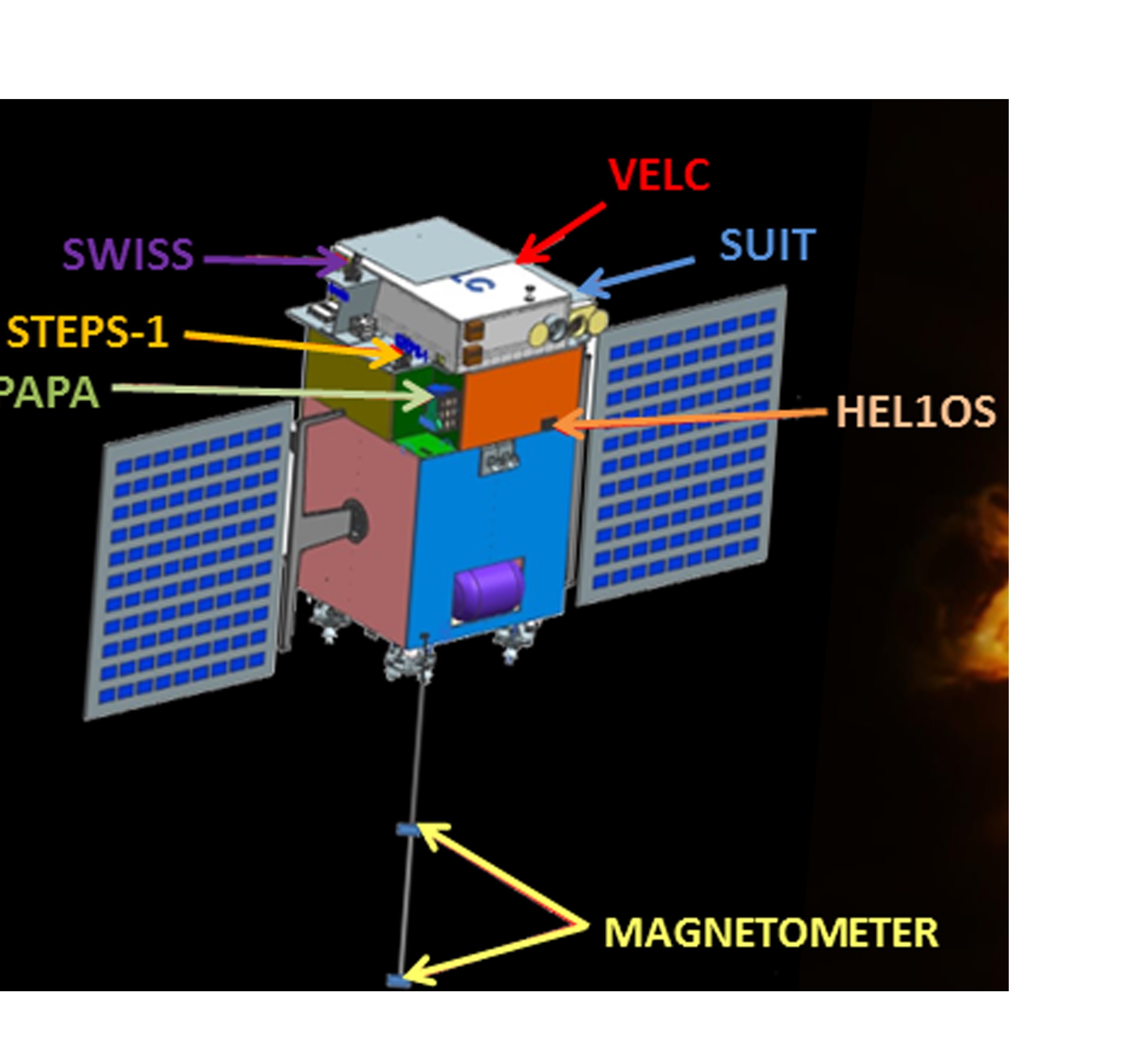Solar Dynamo:
Gravitational Waves:
Helioseismology:
Instrumentation:
http://www.isro.gov.in/aditya-l1-first-indian-mission-to-study-sun
Space Weather:
We at CESSI direct our efforts towards both predicting and analysing the impact of space weather events through numerical simulations and multi-spacecraft observations. We use numerical models to study the large scale magnetic field of the Solar corona, the dynamics of which is thought to be the main driver of space weather events. Observations from numerous satellites are extensively used to constrain our theoretical models and conduct studies on the dependence of CME properties on their sources on the solar surface, the effect of CMEs on the thermosphere and ionosphere with the goal of assessing the pathways through which space weather effects are mediated.






